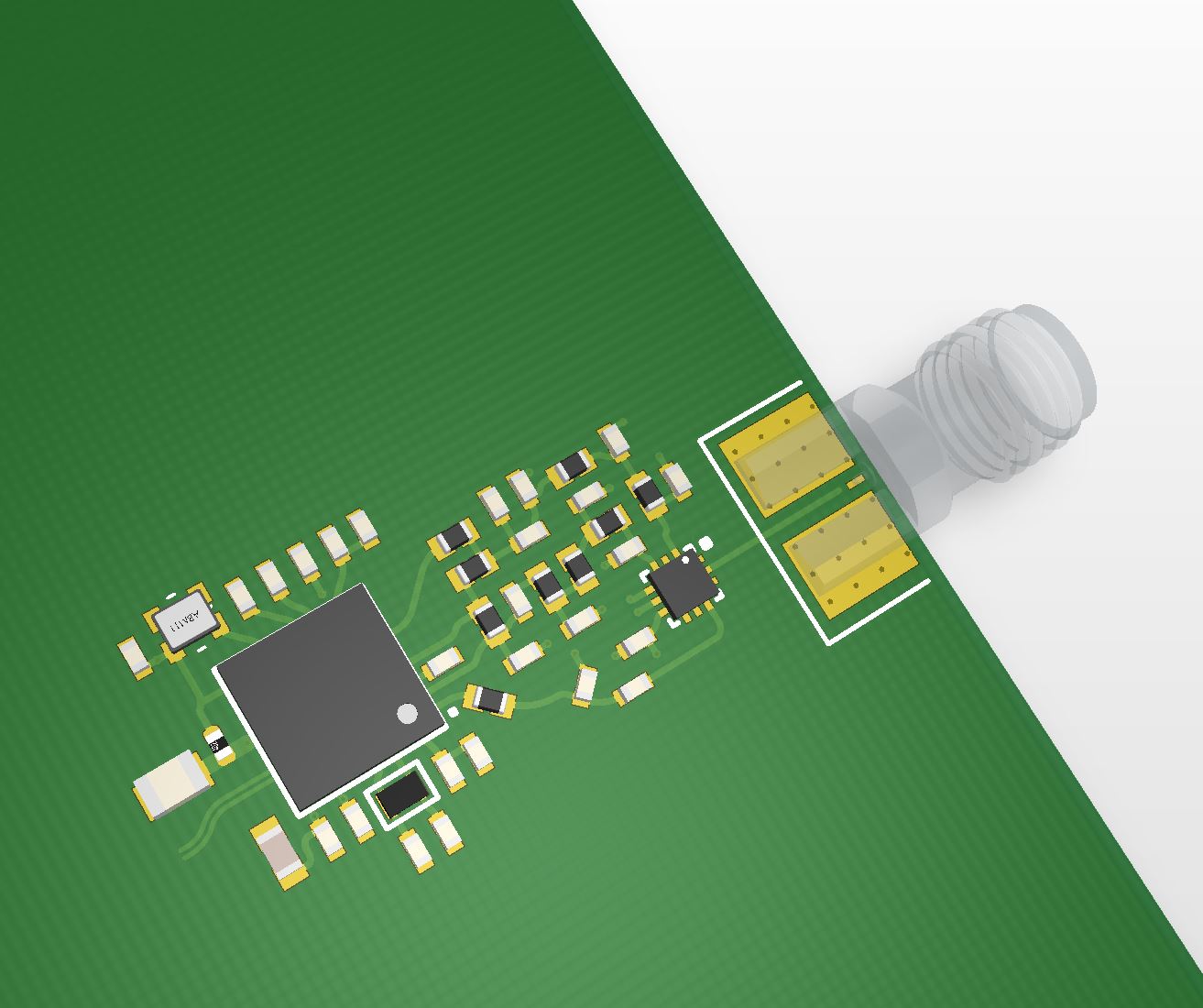Has anyone seen the modules on SAMR34J18 MCU (combine SAML21 and SX1276 in one chip) ?
I spoke with Microchip a couple of weeks ago about their SAMR chips and modules. They are due out as engineering samples end of June or start of July with general availability later in the year.
Andrew
I already test this modules one month ago and it works fine. Microchip give own close LORAWAN stack but easy to use Semtech stack. I think may be anybody already prepare smallest modules (less than CMWX1ZZABZ or WM-SG-SM-42).
I would suggest using the Microchip ARM stack … it is much better than the RN2xx3 PIC stack and the Semtech/Stackforce stack (spec 1.0.2 & 1.0.3 with classes A/B/C and many regions, tested daily on TUV certification system).
There are small modules in prototyping (10-11mm) but it is for them to announce on their time :))
Microchip stack looks good but i can’t find source codes.
Hi there. I guess that the Microchip stack for SAMR3x product should be smaller than the one given in source code. Does any one knows the stack size in KB of the Microchip one vs the Semtech/stackfore one ?
Hi, has anyone done any development with the SAMr34?
I’ve just got the demo board in, and have fired it up…
This dude on twitter posted some renders on kicad, he did it

Thats encouraging, I have started a layout for my project using the R34 as well. Its remarkably similar to the miniLoRA. I’m not making a module though.
Thanks for the reference.
Yes, I did design a small module around it. ATM first prototypes are on fabrication. Can’t wait to do some initial test with them. I’ll keep you guy’s updated.
While I’m at it, I also designed a dev-board for it in Adafruit Feather form-factor. Any feedback would be great.
Did you use the Lorawan Mote Applicaiton thats part of the ASF framework? I’ve been unable to get my Pro Explained board to connect, which i’d like to do before i run my project any further.
Got some samr35
The 35 is the non USB variant of the family… Its only 10c cheaper than the 34, so not sure why you’d not use them, though i guess every few cents counts, unless it saves power.
You need a USB VID and PID that adds more cost. Unless you are making many of these, the 35 version is more relevant. Furthermore, if these devices are deployed and forget type of nodes, it even make more sense.
ok, yes, it is very much application dependant. There are apps where it won’t make sense i guess. For the things i’m working on, its nice to have it.
Yes, I did. You have to use older version (v3) of the ASF. To do that, first you uninstall the current Atmel Studio 7, then while reinstalling it, untick the ASF installation. Once you have Atmel Studio 7 installed, go to the Extensions and install ASF from there.
I hope it helps.
Built-in USB according to the datasheet allows to program the device without using an EDBG or ATMEL-ICE programmer.
It does UART bootloading too.
I was able to compile the project and install it on teh board. I can communicate with the board on via the debug port ( com port ), and it will let me choose a frequency band to run on. ( i’m using AU-915 ).
I try and send a join, but it seems it just does not want to join, and i get a joining denied message.
I’m wondering if it might be related to being the AU-915 band. What band did you use?
I hopefully will have a gateway ( Rak841 + rasp pi ) in the next week or so, so that shoudl help no end.